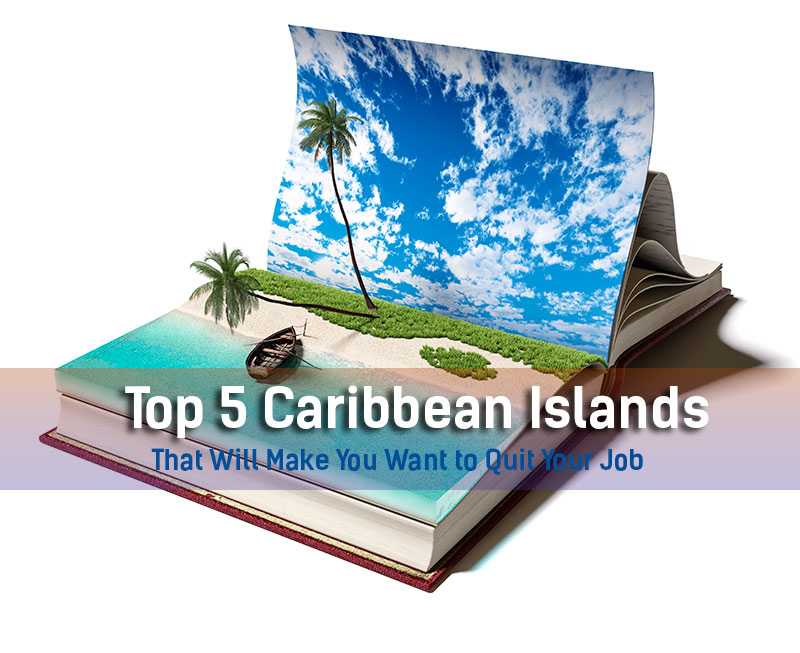Top 5 Caribbean Islands That Will Make You Want to Quit Your Job

If the morning commute to work is filling you with dread and spring winds and rains drenching you at every turn, why not consider a change of climate and pace? Here are our top five Caribbean locations for escaping from the rat race.
1. San Salvador Island, Bahamas
San Salvador Island - not to be confused with San Salvador in El Salvador - is a district within the Bahamas. Its small permanent population of just 930 is swelled by around 1,000 students and researchers who visit the Gerace Research Centre every year to study tropical marine geology, biology and archaeology.
After touching down at San Salvador Airport, close to the island’s main town Cockburn, you can study local features yourself by partaking in the world class diving available – with amazing wall diving and shallow reefs for snorkelers.
2. Little Cayman, Cayman Islands
Little Cayman, as its name suggests, is part of the Cayman Islands in the Caribbean Sea, exactly 58 mi north east of Grand Cayman. Just 10 mi long and on average a mile wide, the island’s tiny permanent population of 170 lives mostly at sea level.
Bird-lovers take note: it’s a perfect spot for seeing the Red-footed Booby in its natural habitat. Bear in mind, if you can’t bear to leave, there’s not much scope for full time employment – there are only a few small facilities serving locals and visitors alike. But you could always bring your laptop and work remotely...
3. St John Island, Virgin Islands
Slightly larger by territory and population, St John Island is 19.6 mi2 in area and has around 4,170 inhabitants. Part of the US Virgin Islands, it is around four miles east of Saint Thomas where there’s no airport, though, so you’ll arrive by boat.
The largest city is Cruz Bay – home to around 65% of the island’s population. The biggest attraction is the Virgin Islands National Park, which covers around 60% of the island as well as Hassel Island close by. There are many available local tours to help you discover the National Park and the island.
Its once-thriving sugar cane industry is long gone, but you could find work in the flourishing tourism-related industries.
4. Dominica Island, Commonwealth of Dominica Waitukubuli
If these three are a little too small, try Dominica Island. With a population of just over 71,200, this island nation is in the Lesser Antilles region of the Caribbean, northwest of Martinique.
Arriving by air to one of its two airports, you’ll see why it’s known as the ‘nature isle of the Caribbean’ – two thirds of it is covered with stunningly lush tropical rainforest.
As a top diving destination and with 300 mi of hiking trails to explore, you may be unwilling to drag yourself to work, but you needn’t stray too far nature and from the outdoors: nearly a third of the island’s workforce work in agriculture. And with the help of organized tours you can try many unique adventures, from hiking to a boiling lake to snorkeling in some of the most exotic waters on the planet.
5. Grenada, Grenada
Grenada is island living on a larger scale, with its permanent population of 110,000. Located at the southern end of the Grenadines in the south-eastern Caribbean Sea and with its moderate tropical climate, the island’s a world-renowned exporter of spices, especially nutmeg.
The capital city St George’s lies on a picturesque horseshoe-shaped harbour, sheltered by the surrounding volcanic crater.
Fly into the Maurice Bishop International Airport from the US, Canada and Europe and make your way straight to the spectacular Victoria Falls – the hike may be long, but the seclusion will remind you why you came in the first place. By booking a guided tour you can be sure you don’t miss anything Grenada has to offer.